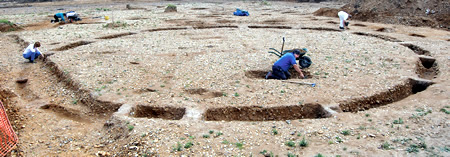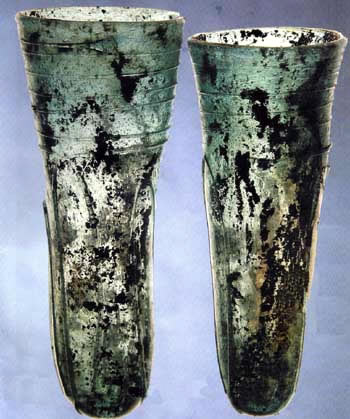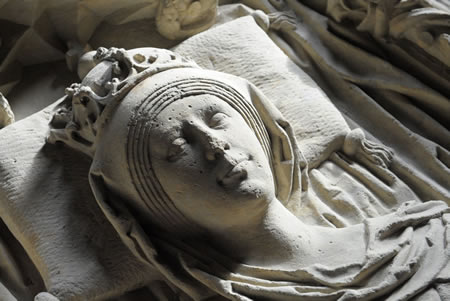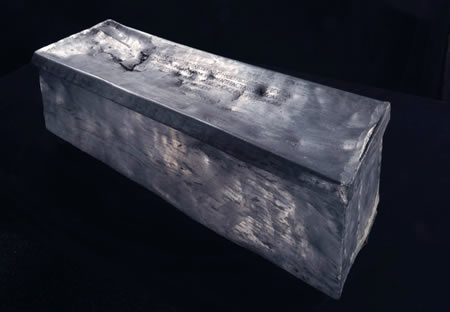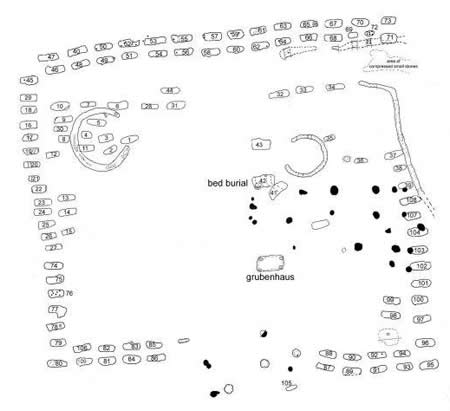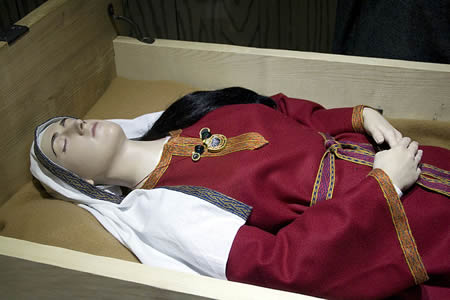In May 2008, construction of a mixed retail-residential development called “The Meads” commenced in an area known to have been scraped clear by Victorian brick-clay diggers. It was believed that any artifacts or graves would have been found then, 100+ years ago despite aerial photography in 1982 that showed evidence of large ring ditches on the site. A watching brief was placed on the construction site by the Canterbury Archaeological Trust. Not only were prehistoric rings discovered, but a major Anglo-Saxon cemetery dating from the mid-6th to the late 7th century.
Archaeologists and volunteers from surrounding communities, working with the Canterbury Archaeological Trust and Sittingbourne Heritage Museum discovered hundreds of Anglo-Saxon graves and thousands of relics (e.g., jewelry, buckles, garnet brooches, sword mounts, pots, jars, glass drinking horns) reminiscent of the Staffordshire Hoard.
After two years of excavation, work on The Meads site ended in 2011 due to a lack of funds. Many finds were left embedded in soil blocks and others will be moved to storage for future examination.
- “Town’s past recovered from graves“, BBC News, 2009-09-16
- “How Sittingbourne discovered an archaeological treasure trove“, The Guardian, 2010-08-15
- “CSI Sittingbourne archaeology project closes“, BBC News, Kent, 2011-09-22
- “Saxon Sittingbourne“, Sittingbourne Heritage Museum
- “A Prehistoric and Anglo-Saxon Cemetery at the Meads, Sittingbourne“, Canterbury Archaeological Trust
- “Sittingbourne Excavation“, Flickr

